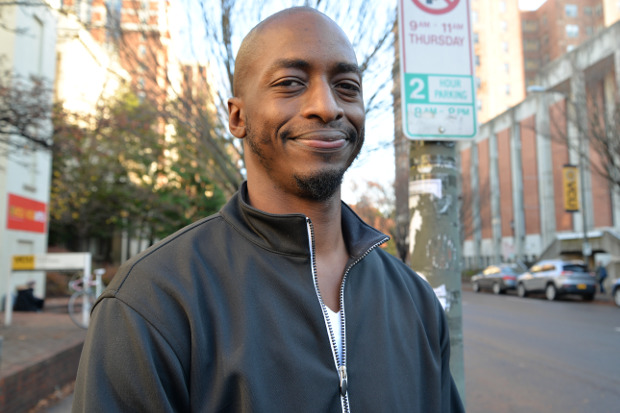– By James Wilson, CMSCVA Artistic Director The “Quartet for the End of Time” is one of the most famous chamber music compositions of all time, and the musical work that inspired tonight’s program. In their own way, each piece on the program seems to reach out beyond our own world and into the infinite, whether through religious fervor, technical mastery, or both. A devote Catholic, ornithologist, musical genius and brilliant keyboard players, Olivier Messiaen weaved all of these passions into this unusual piece. The circumstances under which it was written are legendary. Messiaen was 31 years old when he enlisted in the French army to fight the Germans in World War II. In 1940, he was captured and sent to a prisoner-of-was camp in Görlitz, Germany. Using paper and a pencil stub, Messiaen produced the piece slowly over the course of a year with help from fellow musicians also imprisoned in teh camp. It was premiered with terrible instruments, outdoors and in the cold rain of January in 1941 for a crowd of 400 inmates and officers. Messiaen wrote of the event, “Never was I listened to with such rapt attention and comprehension.” The “End of Time” takes two meaning in this piece. The more literal meaning is the depiction of the “end times” in the Book of Revelations: And I saw another mighty angel come down from heaven, clothed with a cloud: and a rainbow was upon his head, and his face was as it were the sun, and his feet as pillars of fire … and he set his right foot upon the sea, and his left foot on the earth …. And the angel which I saw stand upon the sea and upon the earth lifted up his hand to heaven, and sware by him that…



